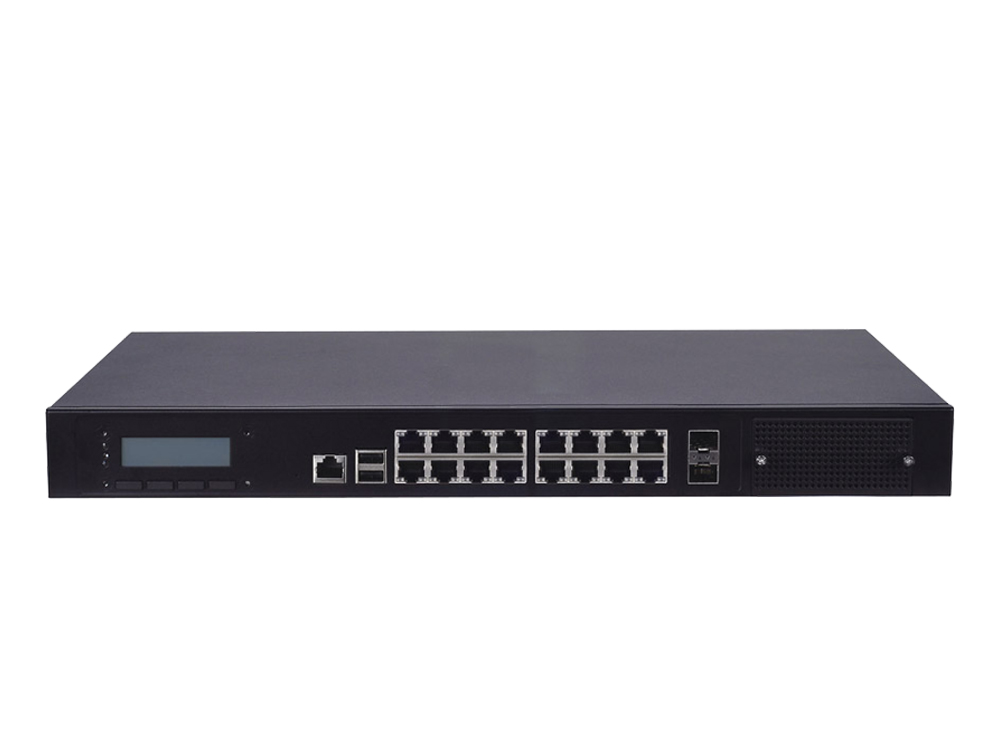In recent years Secure Access Service Edge, or SASE, has been a hot topic within the industry. SASE is a concept or strategy that is very much a reflection of our times, a response to our ever-growing need to remotely access cloud-based applications, data, and online resources anywhere. SASE is still very much an emerging concept that means different things to different enterprises, but at its core, it is a cybersecurity concept that brings together WAN and network security services into one cohesive service model.
Cohesive Security with SASE
As mentioned, the emergence of SASE is a reflection of our times, namely how enterprises operate, including how their employees work and how they access data and resources. This new emerging way of working is overwhelmingly driven by the exponential rise in remote users, 5G deployment, and software-as-a-service (SaaS) applications, among other things. With the onset of the COVID-19 Pandemic, this trend has further quickened pace and eventually become the norm of how enterprises operate.
This new model's benefits are plain to see; foremost among them is the ability to provide unfettered access to the network and cloud-based resources and data regardless of location. The impact of this is the transformation of the traditional network to a network of many edges. But with many edges come more points of attack, and thus traditional, fragmented security concepts and solutions no longer provide ample protection. SASE remedies this by bringing together always-on, cloud-based security, and key networking elements to form a fully integrated entity. This offers enterprises the increased agility and efficiency they demand but without compromising on security.
SASE Isn't Always All About the Cloud
While SASE is typically categorized as a cloud-based solution, that is not always the case. Many SASE models currently overlook things like Secure LAN and Secure WLAN despite them being important considerations for many enterprises. There are many conditions where enterprises may need to leverage physical and cloud-based solutions to create a viable SASE. An example of this includes enterprises with a physical SD-WAN solution that already contains a comprehensive security architecture. Therefore, SASE models also need to consider physical solutions and support them to ensure a consistent and cohesive security policy and architecture rather than a fragmented one with separate components.
Fundamental Security Components
Regardless of a purely cloud-based solution or mix cloud/physical solution, a SASE is in its core a cloud-based security solution that reflects the emerging software-defined world we live in. It allows secure and unfettered access to data and resources anywhere on any edge. However, for enterprises or system integrators to develop a viable SASE solution, all the right fundamental security components must be present. These components include a fully functional SD-WAN solution, NGFW (physical) or FWaaS (cloud-based) firewall, Zero-trust Network Access (ZTNA), Secure Web Gateway, and Cloud Access Security Broker (CASB).
Start of Your SASE Journey with the NCA-4010

Start your SASE journey with the NCA-4010. The NCA-4010 is a mid-range 1U rackmount network security appliance powered by Intel's Broadwell-DE SoC. The platform offers up to 16 RJ45 GbE ports, dual 10G SFP+, 1 Lanner standard NIC module slot and 7 pairs of bypass. It can also be fitted with 1 PCI-E*8 for expansion.







